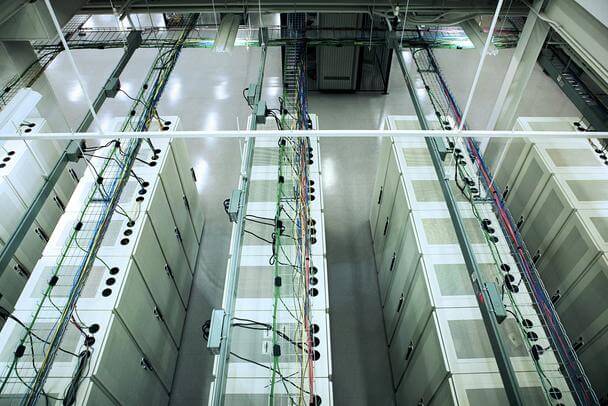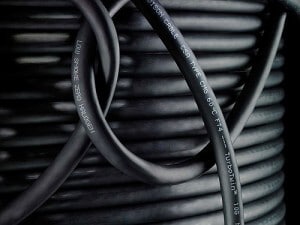Organizations that have various branches situated at different countries and cities of the world, or companies with numerous departments with huge number of employees, require a proper and efficient networking system that connects to all their computers, faxes, printers, scanners etc. If the networking system is not properly installed it can create havoc in the organization. But with well-organized structured cabling system, all this has become very simple. To make organization’s networking system smooth and long-lasting for years, companies install unique, quality high-speed cable at any cost.
In this era of advanced technology, structured cabling is perhaps thebest and most cost-effective solution to a great and efficient networking system. There are many firms round the globe that provides customized service cables and solutions and are specialists in manufacturing;
- Structured Cabling
- Data Cabling
- Networking Cabling
- Voice Cabling
- CAT Cable
- Cable and Fiber Optics Installation and
- Network Wiring
The networking services are affordable, sustainable and dynamic tothe changes that your business might experience with profitable growth and expansion. Nowadays mostly all business firms’ works seriously on installation of advance ethernet network cable, phone wiring, premise wiring for secure and uninterrupted flow of data and information. They have a dedicated group of engineers who look after the type of cablebest suited for the infrastructure and then plan and design networking cabling solutions to meet the specific business needs.
Today, the traditional structured cabling system is the foremost priority of all types of business enterprises. Companies even follow afew important guidelines before installing network cabling structurelike:
- Fibre cable, Multi-mode and Single mode for smooth long distance calls and interactions that is interference free
- Ethernet network cable for office buildings, call centers, data centers, ware houses and small offices
- High quality Telco grade network wiring, patch panels and jacks
There are many firms in Malaysia offering quality network cables that are durable and long-lasting for years. They offer unique and flexible structured cabling that are adjustable to frequent re-locations, any kind of changes in networking or infrastructure without any workflow disruptions. The efficient network system speeds up data transfer immensely and reduces costs to a large extent.
Whether it is a pre-occupied office or an empty place, whether a large construction site or a high-rise building; whatever the situation or wherever the location; the advance and superior cabling networking system is the only answer for speedy and continuous data flow.














